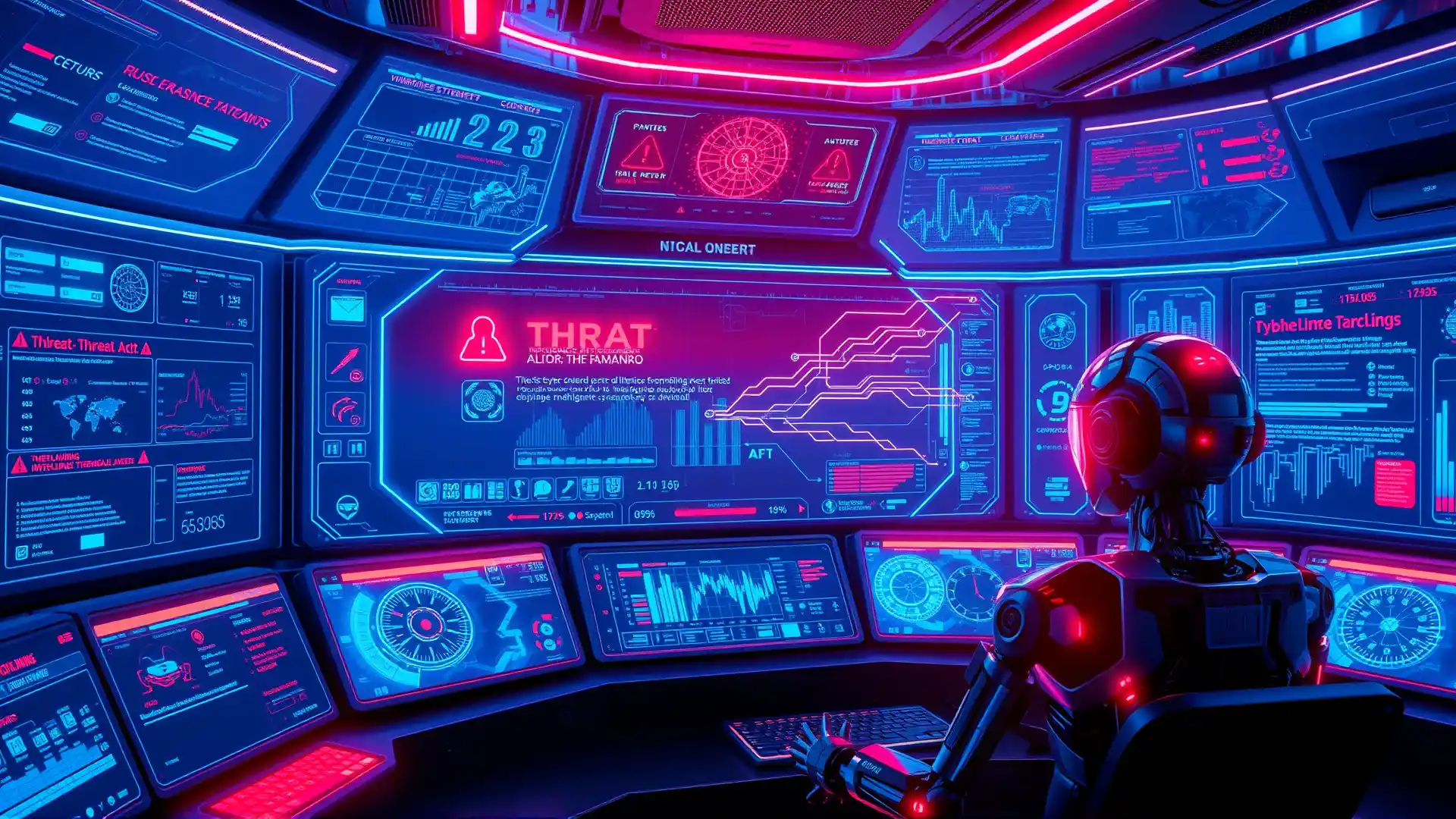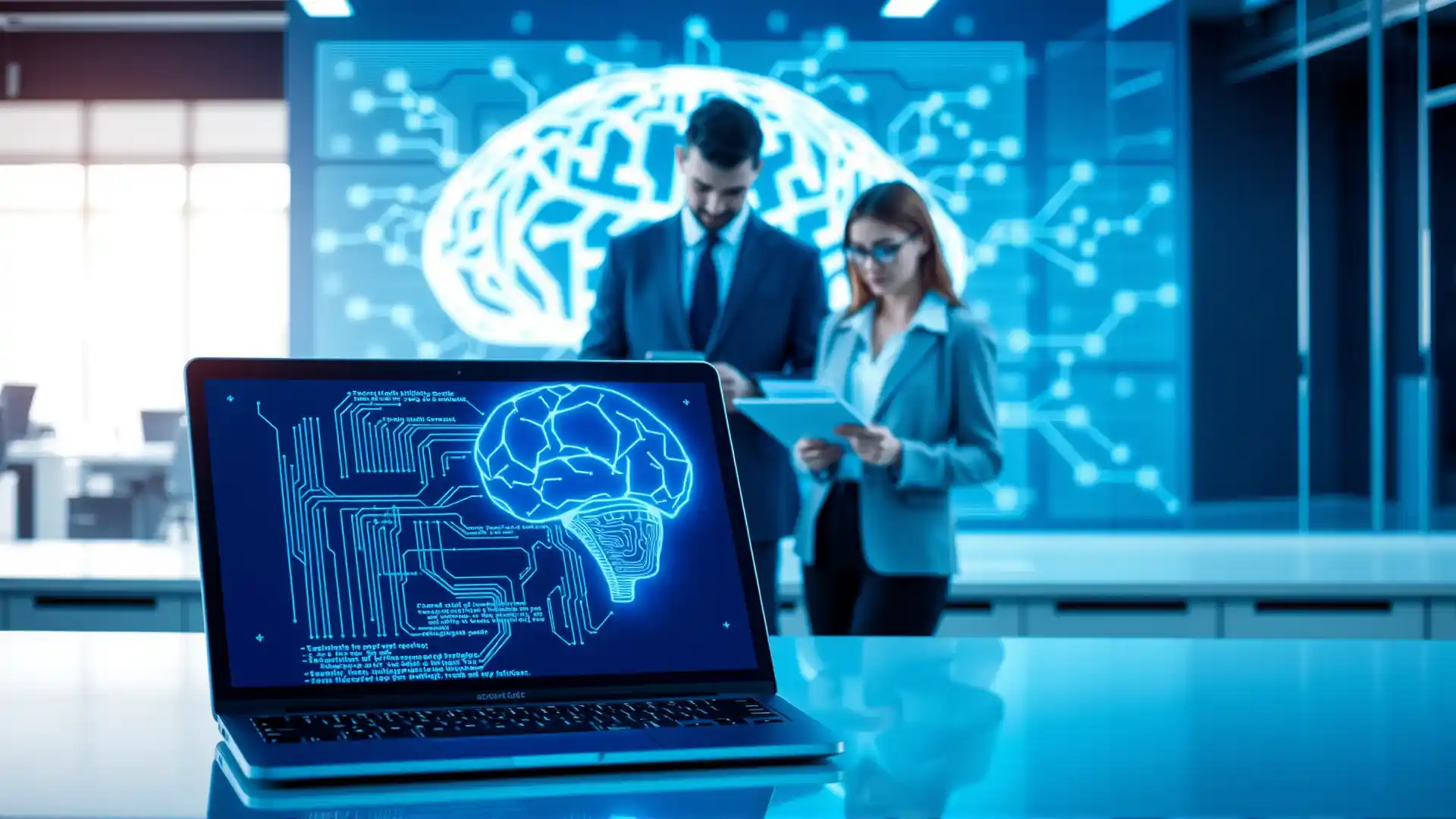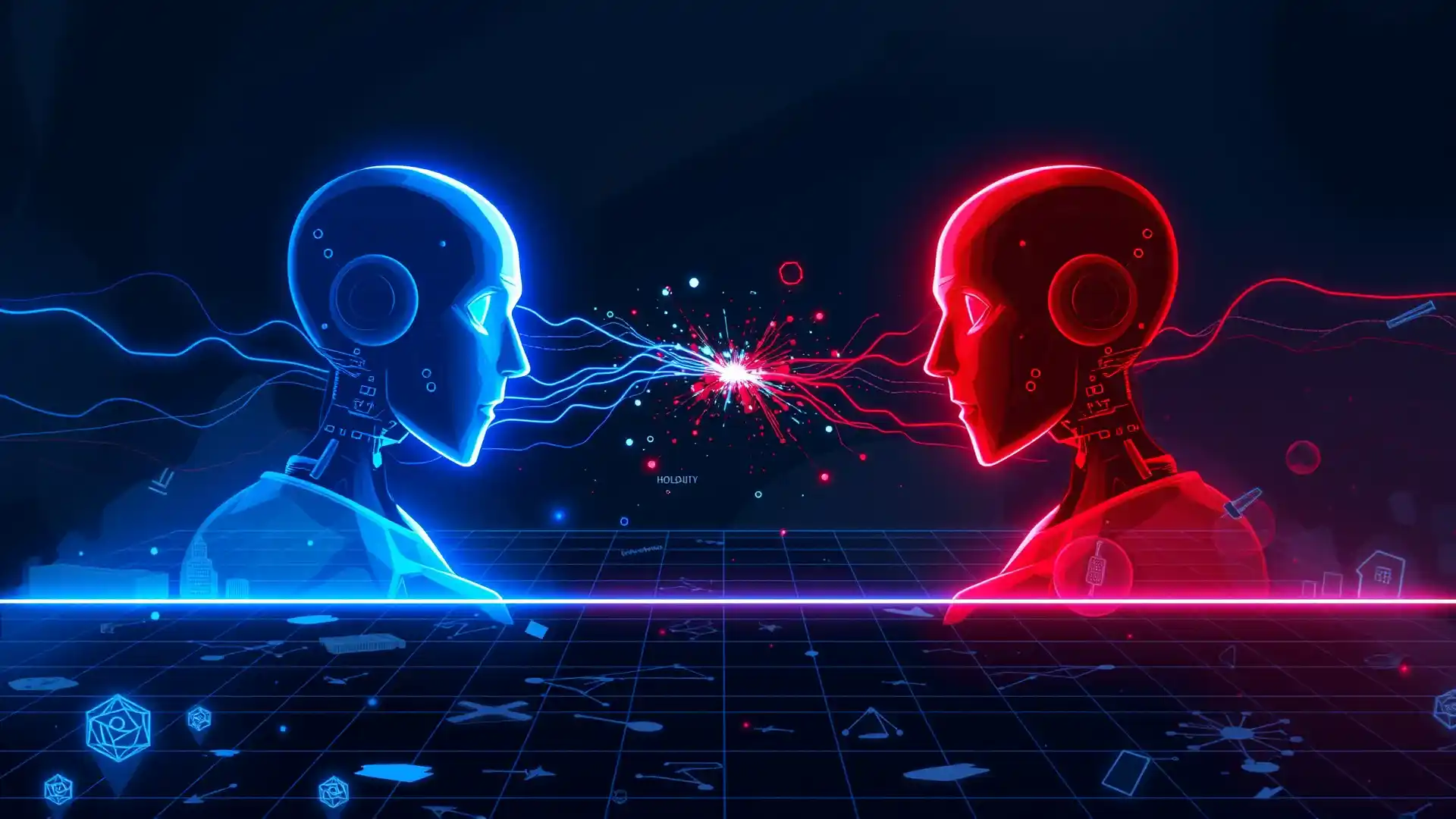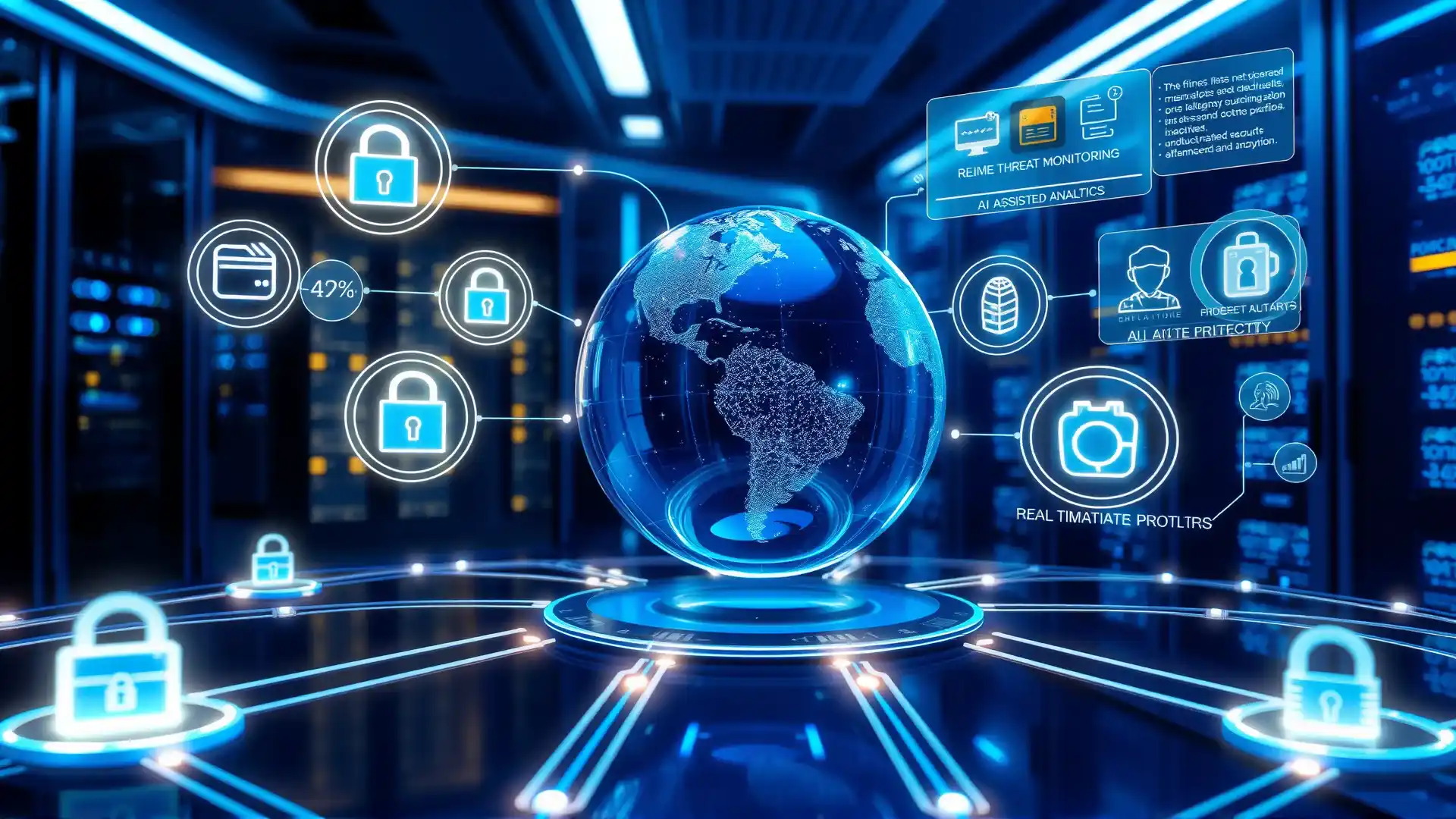Table of Contents
In today’s hyper-connected world, nearly everything we do, from banking and shopping to running entire businesses, depends on the security of our digital systems. But as technology advances, so do the methods of cybercriminals. Traditional security measures are struggling to keep up with the speed and sophistication of modern threats.
Here enters artificial intelligence — the quiet yet powerful force reshaping how we protect our digital lives.
AI in network security is no longer a futuristic concept—it’s already reshaping how we defend our digital landscapes.
The Changing Face of Cyber Threats
Keeping networks safe was fairly straightforward, not too long ago. Firewalls, antivirus software, and basic intrusion detection systems did a decent job. But cyberattacks have become faster, more targeted, and harder to detect. We’re now dealing with things like:
- Polymorphic malware that constantly changes to evade detection
- Advanced persistent threats (APTs) that quietly infiltrate systems for months
- AI-driven phishing scams that mimic human behavior to fool even the savviest users
These aren’t threats that traditional, rule-based security tools can handle alone. Organizations need intelligent, adaptive defenses — and that’s exactly what AI brings to the table.
Companies adopting AI in network security gain a major advantage over those relying on traditional tools.
The Impact of AI in Network Security
What makes AI so powerful is its ability to think, learn, and adapt — not just follow a script. Instead of relying on predefined rules, AI analyzes massive amounts of data in real-time to spot unusual patterns and behaviour.
Think of it like this: if someone logs into your company’s network at 3 a.m. from a foreign IP address and starts downloading gigabytes of data, AI doesn’t wait for a human to notice. It instantly flags the activity, investigates the behavior, and may even block the action altogether.
This shift from reactive to proactive security is one of AI’s most valuable contributions.
Real-Time Threat Detection: Speed Matters

One of AI’s biggest advantages is speed. Traditional systems might take minutes or even hours to detect and respond to a threat — but AI can act in milliseconds.
It constantly monitors network traffic, learns from what’s normal, and immediately flags anything suspicious. This is especially important for zero-day attacks, where hackers exploit unknown vulnerabilities before patches are available.
And because AI integrates across your entire IT infrastructure, it gives you a 360-degree view of your network, helping you spot and stop attacks before they cause damage.
Cutting Through the Noise: Reducing False Alarms
Security teams often suffer from alert fatigue — drowning in notifications, many of which turn out to be false positives. AI helps cut through the noise.
According to a report on ZenBusiness, using context-aware analysis and behavioral learning, AI can tell the difference between genuine threats and harmless anomalies. For example, if someone logs in from two different countries within minutes, AI checks if a VPN is involved before sounding the alarm.
Over time, AI becomes even smarter by learning from how analysts respond to alerts. This means fewer false positives and more time to focus on real threats.
Empowering, Not Replacing, Human Analysts

AI isn’t here to take jobs — it’s here to make them easier. By handling repetitive tasks like log analysis and threat detection, AI frees up human experts to focus on strategy, incident response, and threat hunting.
Plus, AI systems offer insightful recommendations, helping teams make quicker, better-informed decisions. It’s a powerful collaboration: machine speed and precision, guided by human judgment and creativity.
Adapting to the New Normal: Remote Work, Cloud, and BYOD
The rise of cloud computing, remote work, and bring-your-own-device (BYOD) policies has expanded the attack surface like never before. Traditional security models — built around a well-defined network perimeter — no longer apply.
AI-driven security is adaptive and context-aware. It looks at everything — the user’s identity, device health, location, and behavior — before granting access to sensitive data. It’s security that adjusts to the modern, mobile workforce.
AI vs. AI: A New Cyber Arms Race

Just as defenders use AI, so do attackers. Cybercriminals now leverage AI to craft more convincing phishing messages, bypass detection, and find system weaknesses faster.
This has created an AI arms race. Security systems must evolve just as quickly, constantly learning from attacks and adapting defenses. Some AI tools now analyze tone, language, and metadata to detect fake emails and impersonation attempts.
It’s a high-stakes game of cat-and-mouse — and AI is essential to staying one step ahead.
Supporting Compliance and Regulation
With regulations like GDPR, HIPAA, and CCPA, compliance is a top priority for organizations. AI helps by automatically enforcing policies, detecting violations, and generating audit-ready reports.
It also keeps track of how sensitive data is accessed and shared — a critical need for both compliance and breach response.
Looking Ahead: Predicting and Preventing Future Threats

Perhaps the most exciting part of AI in cybersecurity is its predictive power. By analyzing trends and historical data, AI can forecast vulnerabilities before they’re exploited.
It can simulate attacks, test your defenses, and recommend improvements — all before an actual threat appears. It’s like having a crystal ball for your network security.
The integration of AI in network security marks a turning point in how we approach digital defense.
Building a Culture of Cyber Resilience
Implementing AI isn’t just a tech decision — it’s a cultural shift. Organizations that embrace AI in network security commit to proactive defense and continuous learning.
From staff training to updating security policies and embedding AI into daily workflows, cybersecurity is about creating a culture where everyone contributes.
AI tools can even simulate phishing attempts to help employees recognize and report threats, reinforcing security awareness at every level.
The Future is Already Here
Artificial intelligence isn’t some far-off promise — it’s already revolutionizing network security. Often working silently in the background, these AI systems are becoming the invisible guardians of our digital world.
AI in network security offers predictive, adaptive, and automated protection against evolving cyber threats.
As cyber threats continue to evolve, so must our defenses. Organizations that invest in AI today aren’t just protecting their data — they’re future-proofing their entire operation.
In a world where attacks can strike anytime, anywhere, it’s comforting to know that AI is always watching — silent, smart, and ready.